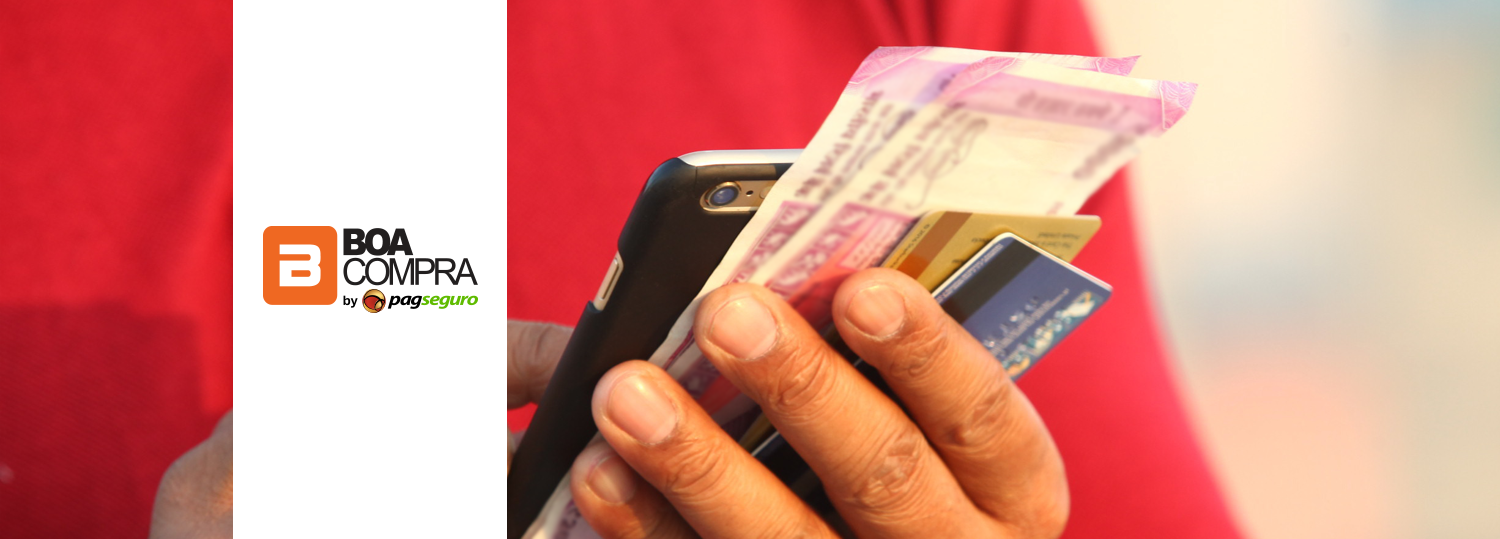In 2020, the pandemic pushed the world into a sudden, new social and economic paradigm, leading people to change their daily routines and consumption behaviour and businesses to innovate. Tech-savvy or not, we all had to adapt to the “new normal” and adopt digital technologies, including payment methods.
The payment ecosystem evolved during the past year as consumers shifted from cash to alternative, digital payments, and new solutions emerged, such as PIX, the Brazilian brand new method.
Then, to face the changes and keep business growing, what are we to expect for the Latin American payment scene in 2021?
The Latin American landscape
The need to use digital products, and the increased service’s availability has accelerated the global adoption of digital technologies, Latin America included. Digital engagement is rising in Latin America, driven by the Covid-19 pandemic, no doubt. Latin Americans use the Internet to stay in touch with family and friends, entertain themselves (streaming services, gaming, music), shop for goods and services, and address their finances.
As the digital buyer penetration rate grows and e-commerce revenues increases, it becomes more evident the role fintech play in Latin America’s payment ecosystem, especially in a region where the amount of unbanked population is still a concern.
In 2020, the Latin American payment scene was enriched by the Brazilian brand new instant payment system, PIX. It came to join a set of trendy schemes (i.e., e-wallets, e-money, and digital banks) that empower Latin American consumers to pay in ways that fit their needs and lifestyle, thus overcoming financial inclusion barriers in LATAM.
As we embark on 2021, it’s pertinent to glance at which trends we should keep pace with.
Payment trends: what to expect for 2021 in Latin America?
There’s an underway shift in the payments landscape in the highly diversified LATAM’s region, where each country has its set of payment methods. Take a glance at six trends to foresee by America’s Market Intelligence[S1] that unveils it:
- Instant transfer systems
Undoubtedly, real-time payments technology is rocking the global payment landscape, as it’s a real cash replacer and P2P payment. By allowing instant money transfers in just a few seconds, available 24/7, 365 days a year, the method is expected to impact businesses significantly: funds are available much faster, operations become more efficient, and customers get more engagement and satisfied.
In Latin America, as in the US and Europe, instant payments are being implemented, i.e., Yape in Peru, CoDi in Mexico, and PIX in Brazil, and significantly contribute to new and earlier customers into the banking system.
- Debit becoming top of wallet
Until last year, the credit card was the most used method by Latin Americans for shopping, followed by cash. But during 2020, the debit card penetration rate increased – an immediate result of a restrains in consumption. Consumers targeted their budget on daily essentials and left behind high-ticket items.
It’s forecast that debit card share may increase during 2021, and to ensure it, cards issuers must consider:
- enable debit cards for online and international purchasings
- warrant 3D Secure 2.0 system for frictionless payments
- instantly deploy virtual debit cards into digital wallets
- Rising dominance of contactless
No doubt, Covid massively boosted contactless cards and mobile usage, and in some Latin American markets, such as Chile, Peru, and Brazil, it showed significant progress.
E-wallets became more popular for the last couple of years, especially in significant e-commerce markets, such as Argentina (20%), Brazil (11%), Colombia (12%), and Mexico (20%). It’s expected to grow to 18% by 2023 concerning online shopping and 5.3% concerning POS purchases. The most popular schemes are PayPal, PagSeguro in Brazil, Mercado Pago, Payvalida in Colombia, and Bim in Peru.
As for private wallets, i.e., Magalupay and Fabella, it rides on top of cards rails, so it will continue to pop up as a retailers’ instrument of engagement.
- BaaS and FaaS over open banking
For the present and in Latin America, open banking comes with a heavy pack of challenges for both banks and fintech, overwhelmed by meeting urgent priorities, i.e., digitizing clients’ data, gathering investment and increasing user base. The regulatory environment, centralize and share information, develop APIs, and streamline bureaucracy, are some of the challenges that need to be surpassed.
Nevertheless, there are already some aspects of open banking in high demand: bank-as-a-service (BaaS) and fintech-as-a-service (FaaS). Card networks facilitate fast issuing, enable more issuers and more prepaid/debit cards, and integrate with third parties.
- Mass SME digitization
Until the pandemic, most Latin American small and medium-sized businesses (SME) have no digital strategy and were slower to receive the e-payments’ value. During the lockdown, they discovered the need to sell online for the first time ever. This opportunity to collect the money has triggered the SMEs digitization process (i.e., banking, lending and insurance, ERP and CRM, e-commerce platforms). We’ll see more and more small merchants on board e-commerce and digital platforms, including social media and messaging apps.
- Disappearance of the unbanked
Suppose we add the increasing internet access and smartphone penetration to the features above-mentioned. It’s clear that Latin America is moving towards the mitigation of the unbanked, and far more critical, towards financial inclusion. Although the region shows an increasing bank penetration rate, it doesn’t mean usage. To break down financial barriers such as lack of trust, bureaucracy and fees, requiring a physical step to open an account and distances, it will be necessary to:
- focus on the consumer, especially the urban youth
- ensure a seamless, faster, easier onboarding access
- provide for the best user experience, carefully curated to add value
- more accessible and helpful customer support
In conclusion
The payment ecosystems are an ever-evolving reality, and Latin American will become even more fragmented and complex. Merchants need to offer their customers a diverse, wide range of payment options and deal with security and data branch issues, frauds, and chargeback disputes, among others. That is why all-in-one finch tech solutions are trendy across the world and in Latin America.
At BoaCompra, we offer you and your business the best digital finance solution covering all the payment management cycle, including access to local payment methods and remittance/settlement. Our solutions fit all kinds and sizes of business, including POS, e-commerce and digital banking.
So, whether you are familiar with the payment options available in Latin America or you’re new in town and plan to expand to the region, get in touch through the link below and find out the benefits of partnering with us:






